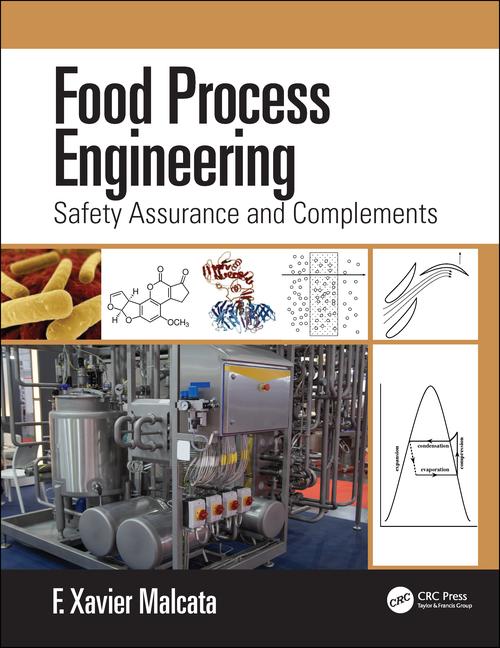Preventative Technology
How IoT Empowers Food Manufacturers to Meet Compliance

Getty Images - Teera Konakan
Maintaining compliance with stringent safety regulations is a top priority for any food manufacturer today. With new Food Safety Modernization Act (FSMA) regulations on the horizon, the focus has shifted from reacting to contamination-related events to proactively preventing them.
However, considering the rising frequency of spoilage today, that transition is clearly easier said than done. As the regulatory landscape becomes increasingly complex, forward-thinking organizations are turning to Internet of Things (IoT) technology to ensure adherence to evolving standards throughout the production process. From the initial stages of product development, quality assurance to final distribution, IoT-enabled sensing and monitoring solutions are streamlining how food producers maintain quality, safety, and regulatory compliance throughout the supply chain.
The Digital Safety Net: IoT in Action
IoT sensors serve as a sophisticated digital safety net, providing real-time data on critical control points throughout the manufacturing process. These smart devices continuously monitor a wide array of parameters essential to food safety and quality, including temperature and humidity in storage areas, equipment cleanliness, internal product temperatures during processing, inventory freshness and transportation conditions for perishables. By collecting and analyzing this data in real time, manufacturers can identify and address potential issues before they escalate into compliance violations.
The true power of IoT in food manufacturing lies in its ability to create a comprehensive, end-to-end view of the entire production and supply chain processes. Data from various sensors feeds into centralized monitoring systems, offering executives unprecedented visibility into every stage of their operations. This holistic approach is particularly crucial for maintaining compliance with far-reaching regulations such as FSMA, which demands a preventive and proactive stance on food safety. In the wake of a potential spoilage, organizations must be able to quickly prove that products were stored in optimal conditions and temperature environments. This cannot be accomplished by using manual reporting processes that rely on paper-based, snapshot type, spreadsheets.
Beyond Reactive Measures: Proactive Compliance Strategies
While the ability to quickly identify and respond to safety concerns is inherently valuable, IoT systems also shine in their capacity to enable proactive compliance strategies. By leveraging the wealth of data collected by IoT sensors, manufacturers can implement automated alert systems that warn of potential safety hazards before they occur. This predictive capability allows for timely interventions, significantly reducing the risk of contamination and other safety issues.
Moreover, IoT-enabled predictive maintenance programs help minimize equipment-related risks. By monitoring the performance and condition of manufacturing equipment in real time, companies can schedule maintenance activities before failures occur, sometime setting up the correct set-point, will reduce energy consumption and increase the longevity of the assets itself, thereby reducing the likelihood of equipment-related contamination or production disruptions that could lead to compliance issues.
Perhaps one of the most significant advantages of IoT systems in the realm of compliance is the automation of record-keeping processes. Digital logs created by IoT sensors provide a comprehensive, tamper-proof record of production conditions and safety measures. This digital trail not only streamlines audits and inspections but also offers invaluable protection in the event of a safety concern or recall. With a complete digital record of a product's journey, quality management leaders can quickly identify the source and scope of any issue, facilitating faster, more targeted responses and minimizing potential damages.
The ROI of IoT: Balancing Costs and Benefits
While the implementation of comprehensive IoT solutions requires upfront investment, many food manufacturing executives find that the long-term benefits far outweigh the initial costs. The financial implications of improved compliance are substantial, encompassing reduced waste, fewer recalls and streamlined operations that often lead to significant savings. Especially today with SaaS, upfront investment is at minimum levels.
Beyond the direct financial benefits, IoT implementation can yield substantial improvements in brand reputation and consumer trust. In an era where food safety scares can rapidly escalate into PR crises, the ability to demonstrate robust, technology-driven safety measures can be a powerful differentiator in the marketplace. Furthermore, as regulations continue to evolve and become more stringent, manufacturers with established IoT systems will find themselves better positioned to adapt quickly to new requirements. This adaptability can provide a crucial competitive advantage in an industry where regulatory agility can make or break a company's success.
Looking Ahead: The Future of IoT in Food Safety Compliance
As IoT technology continues to advance, its potential applications in food safety and compliance are expanding. On the horizon are innovations such as blockchain integration for improved traceability and artificial intelligence-powered anomaly detection. These emerging technologies promise even greater assurance of food safety and compliance.
Blockchain technology, in particular, holds significant promise for creating an immutable record of a product's journey through the supply chain. This could revolutionize traceability efforts, providing an unprecedented level of transparency that could transform how regulators and consumers alike interact with food safety information. AI-powered systems, meanwhile, have the potential to take predictive capabilities to new heights. By analyzing vast amounts of data from IoT sensors, AI algorithms identify subtle patterns and potential risks that might escape human notice, further enhancing the proactive approach to compliance and positive outcomes.
For organizations in the food manufacturing industry, the message is clear: IoT sensing and monitoring solutions are no longer just a nice-to-have technology. They are rapidly becoming an essential ingredient in the recipe for regulatory compliance and business success. As the industry continues to evolve, those who embrace these technologies will be best positioned to navigate the complex landscape of food safety regulations, protect their brands, and ultimately, safeguard the health of consumers.
Looking for a reprint of this article?
From high-res PDFs to custom plaques, order your copy today!








